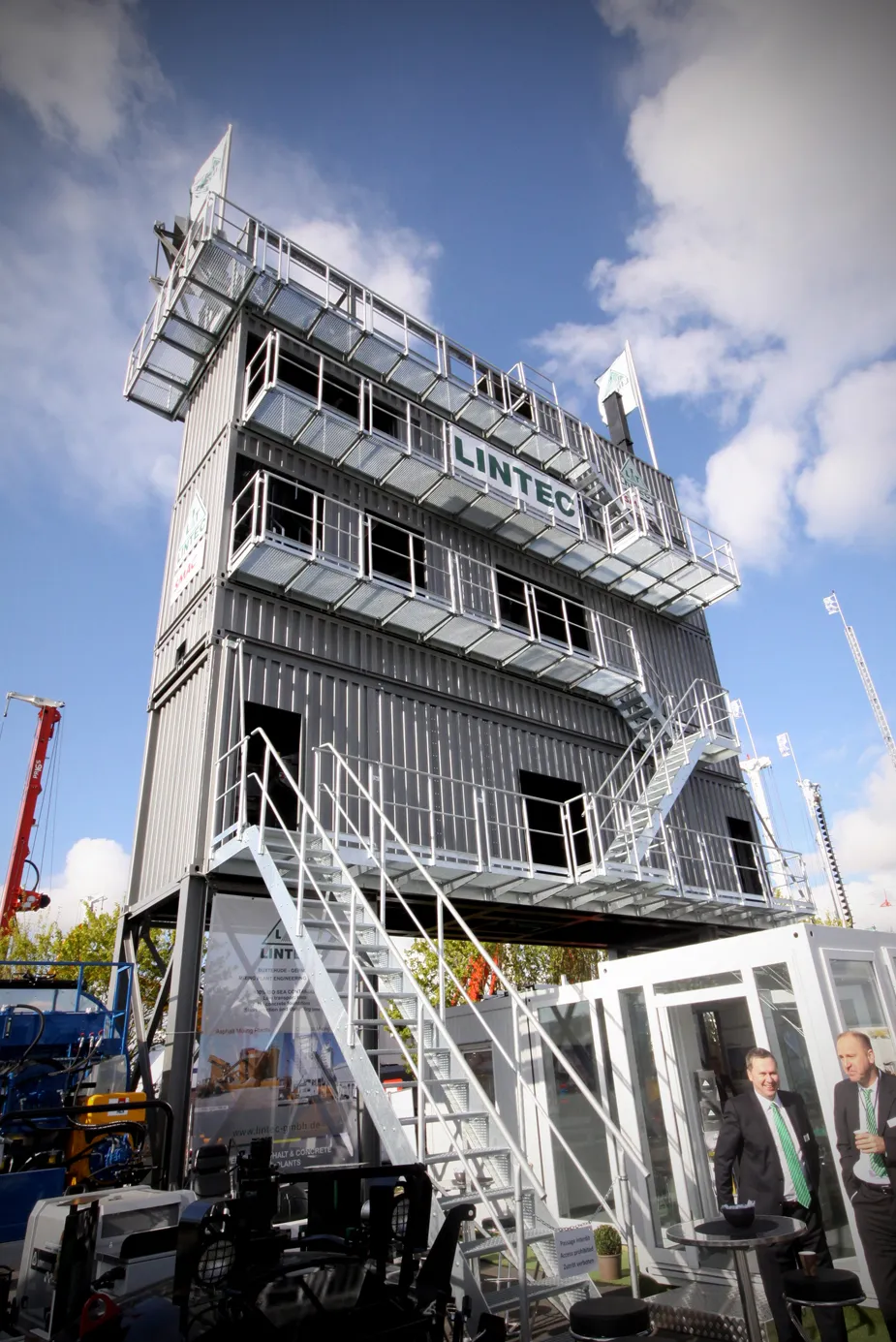Michelin North America (MNA) has revealed plans for a new earthmover tyre plant in the United States as part of a $750million expansion set to create up to 500 manufacturing jobs.News of the proposed new site in Anderson County, South Carolina, comes after MNA revealed they would also be expanding their existing earthmover tyre plant in Lexington, also in South Carolina. The two projects are in addition to MNA’s promise last year to create around 270 jobs by investing $200million in its existing Lexington p
April 12, 2012
Read time: 2 mins

News of the proposed new site in Anderson County, South Carolina, comes after MNA revealed they would also be expanding their existing earthmover tyre plant in Lexington, also in South Carolina.
The two projects are in addition to MNA’s promise last year to create around 270 jobs by investing $200million in its existing Lexington passenger and light truck tyre manufacturing facility. The expanded passenger and light truck tyre pant is set to begin production in October 2012.
“Michelin intends to maintain and strengthen its leadership in all its specialty businesses, especially Earthmover radial tyres,” says Jean-Dominique Senard, managing general partner of Michelin.
“The market for Earthmover tyres grew by more than 20 percent between 2009 and 2011. This new facility will help us meet sustained demand while also attaining our growth objectives for 2015.”
The new Anderson County plant will be Michelin’s 19th manufacturing facility in North America and its ninth in South Carolina.
%$Linker:






